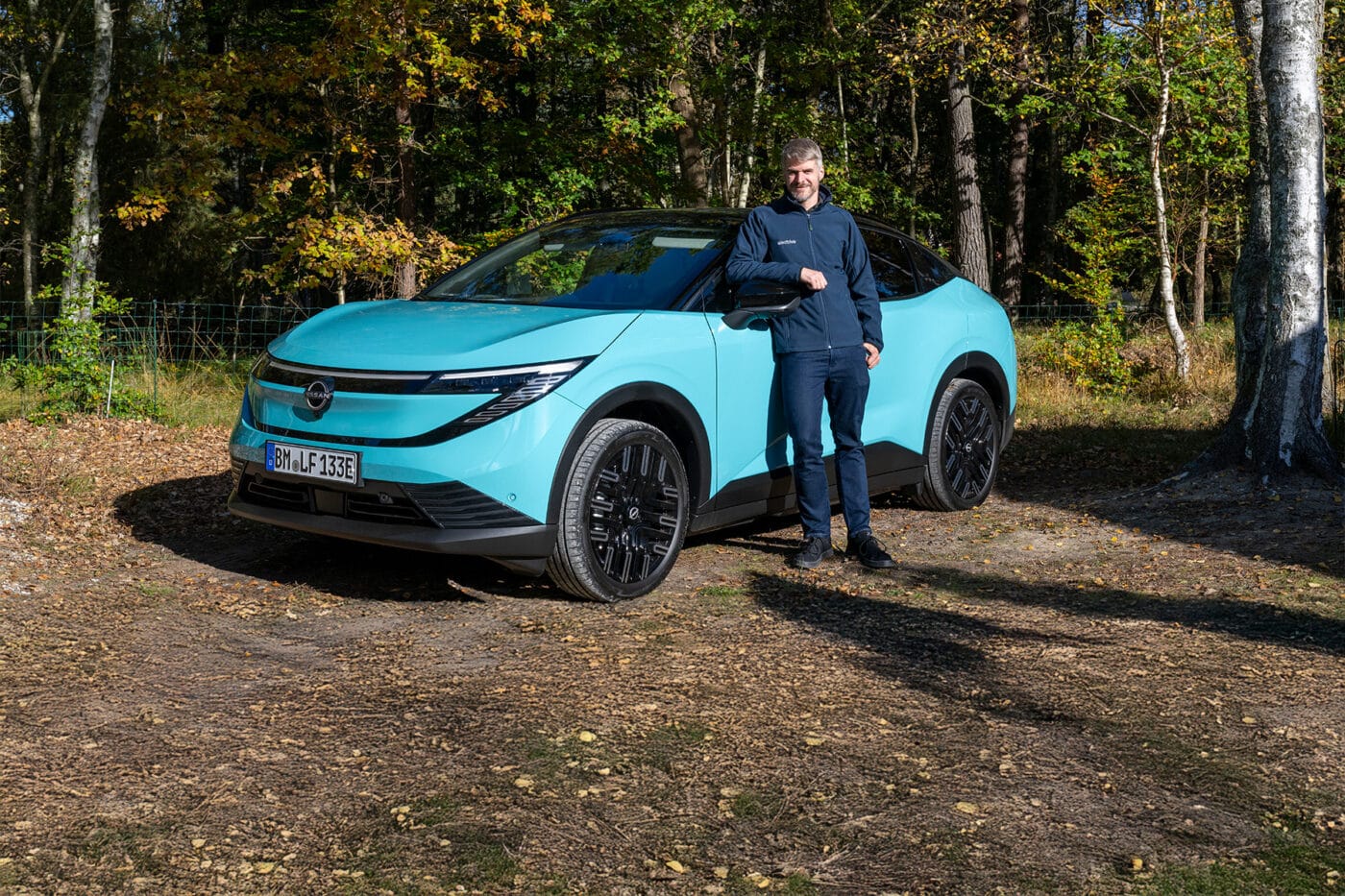
First drive in the Nissan Leaf: Finally ready for the mass market
“At no point,” said David Moss, Senior Vice President, Region Research & Development at Nissan for the AMIEO region (Africa, Middle East, India, Europe, and Oceania), “was it in doubt that the new model would launch under the Leaf name.” Moss made this statement during the drive event for the new Leaf in Copenhagen. The fact that such an assurance was even necessary isn’t entirely surprising: at first glance, the “new” Leaf shares so little with its two predecessors that it’s fair to ask whether a completely new name might have been more fitting for such a fresh concept. Apparently not.
The differences are undeniable. The first Leaf, unveiled in 2010, was one of the very first series-production electric cars, long before defining models such as the Tesla Model S or BMW i3 ever reached the market. The Leaf made a name for itself thanks to its distinctive design plus a fully electric powertrain, which at the time was a real rarity. Its battery had a capacity of just 24 kWh.
The second-generation model, launched in 2017 and internally coded ZE1, stuck to the compact-car format, albeit with a more restrained design. It came with a 40 kWh battery, later joined by a 62 kWh version from 2019.
But major success eluded it, partly due to its technology: Nissan continued to use the CHAdeMO standard for fast charging, even though the industry trend was clearly shifting towards CCS. The lack of an up-to-date liquid cooling system for the battery led to the infamous ‘Rapidgate’ issue, where charging power dropped sharply during repeated rapid-charging sessions – especially in hot weather, when patience was required. Production of this model in Sunderland, UK, ended in 2024, with no direct successor at the time.
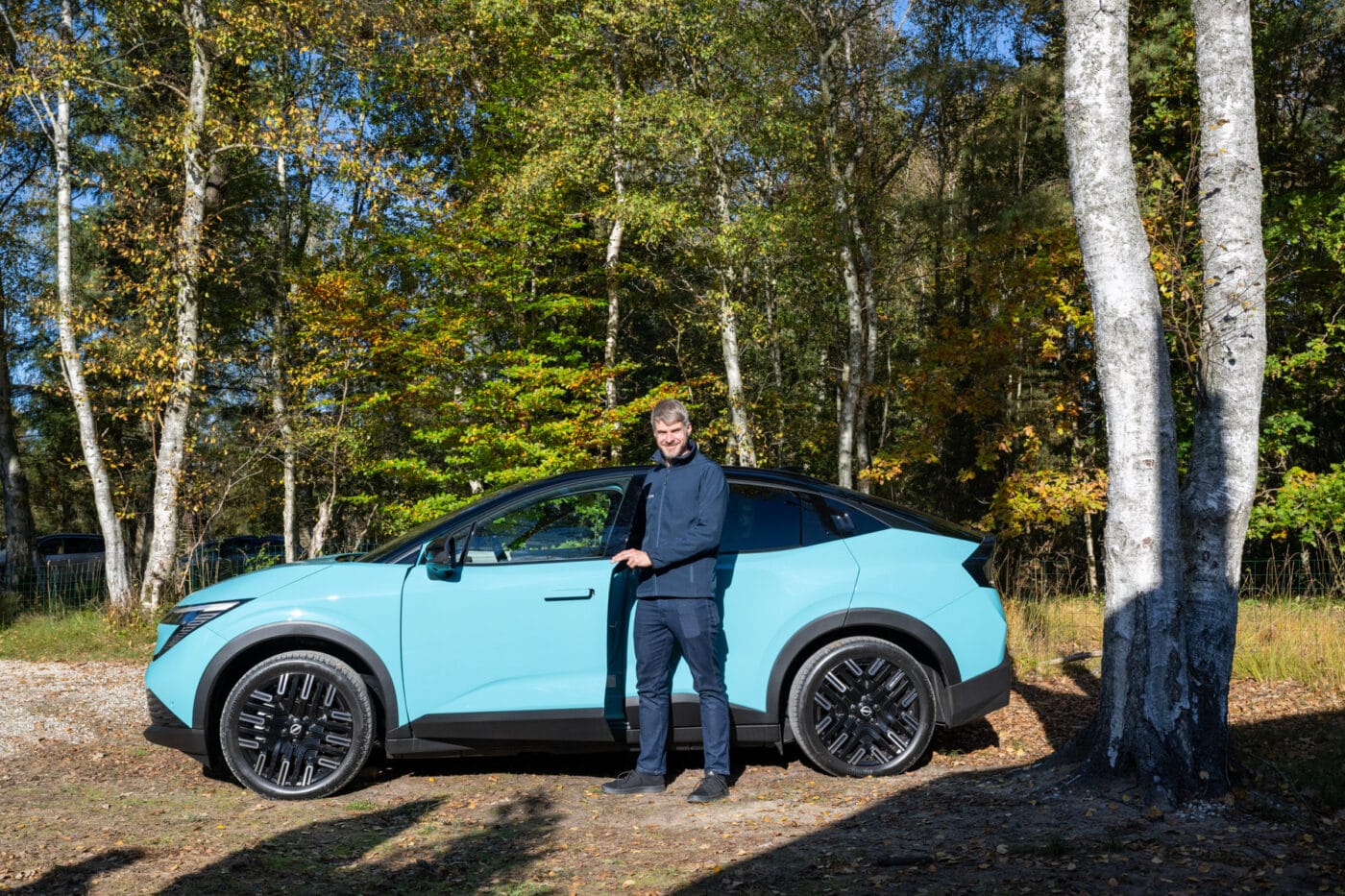
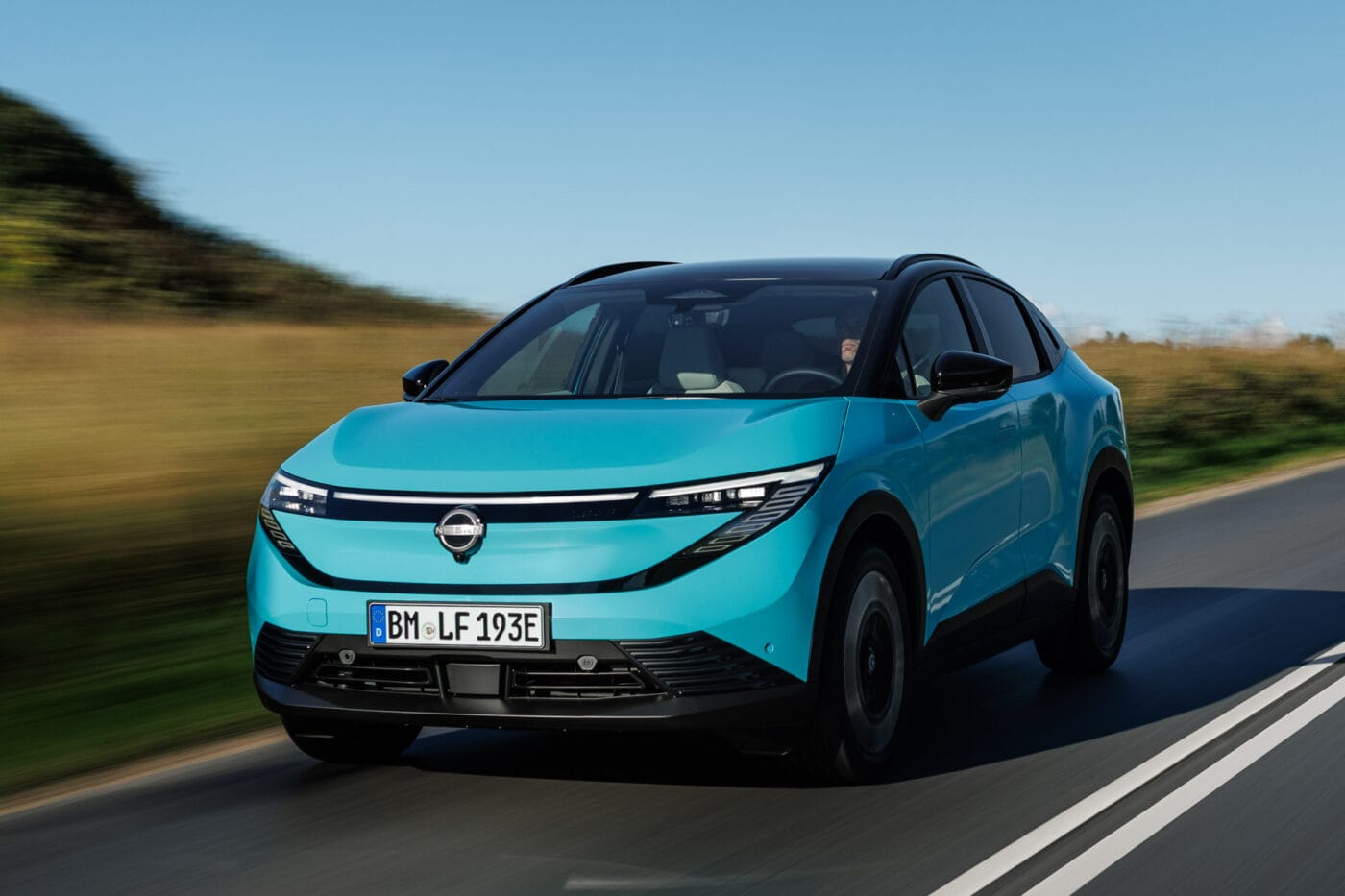
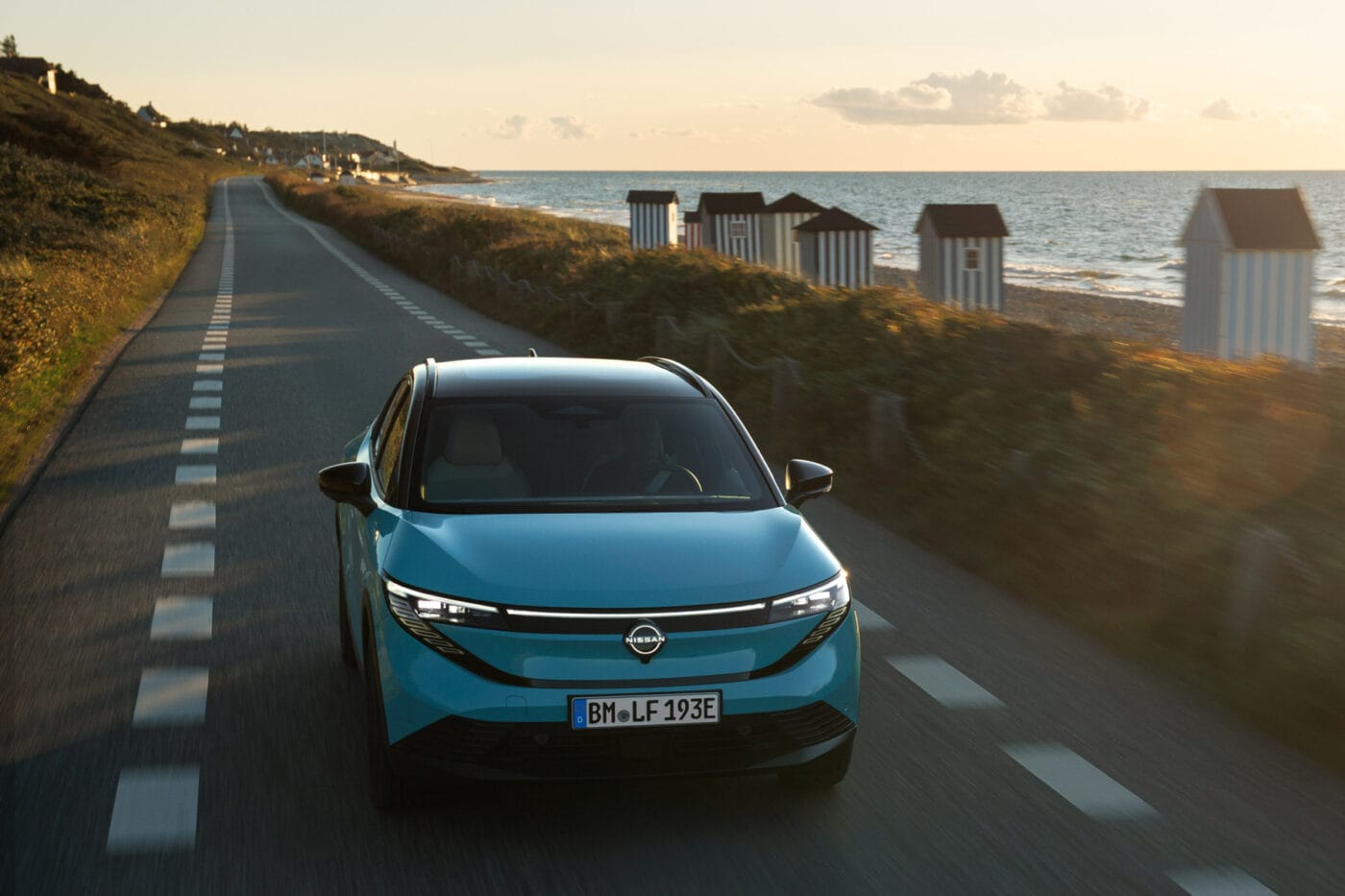
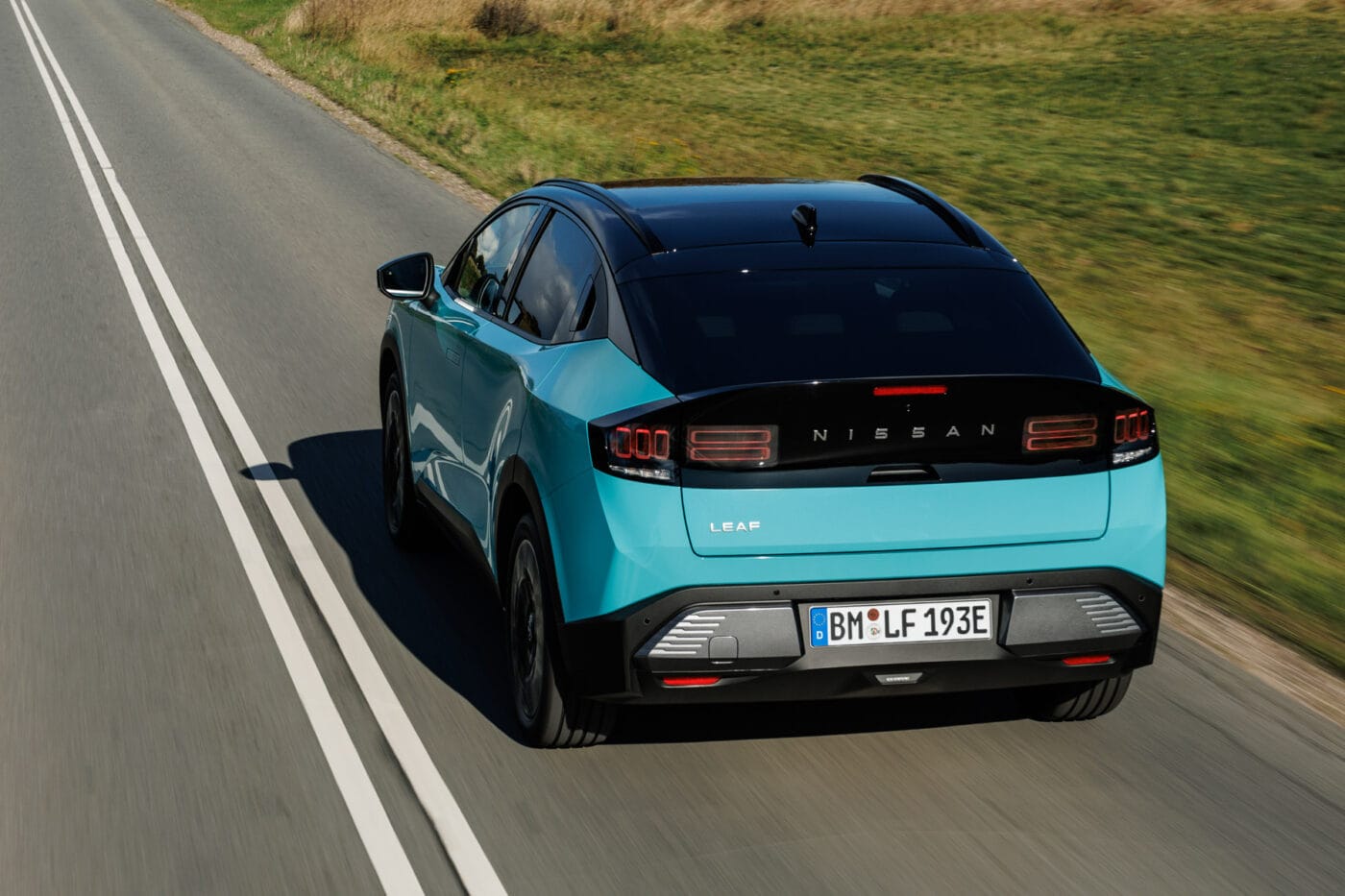
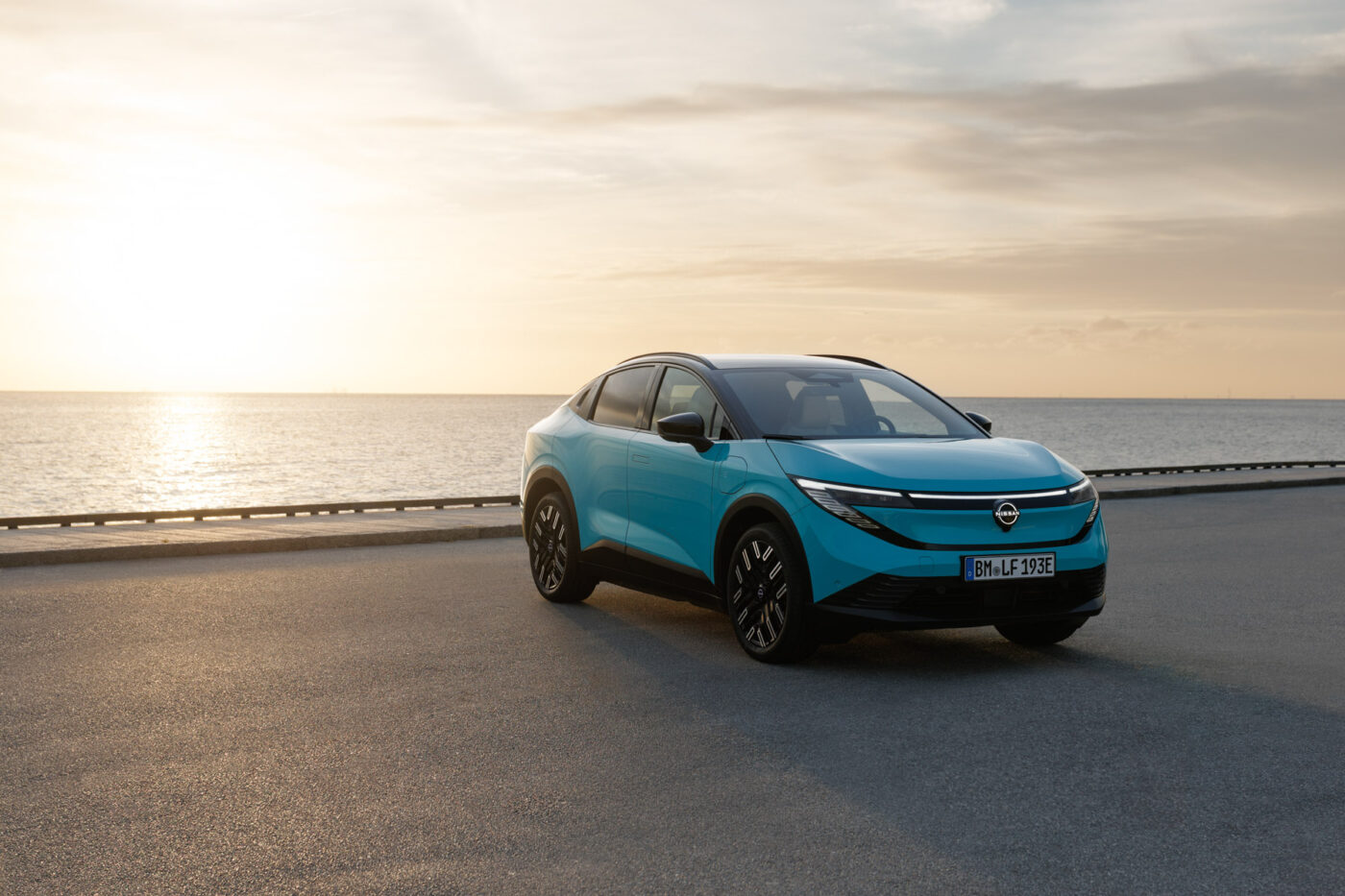
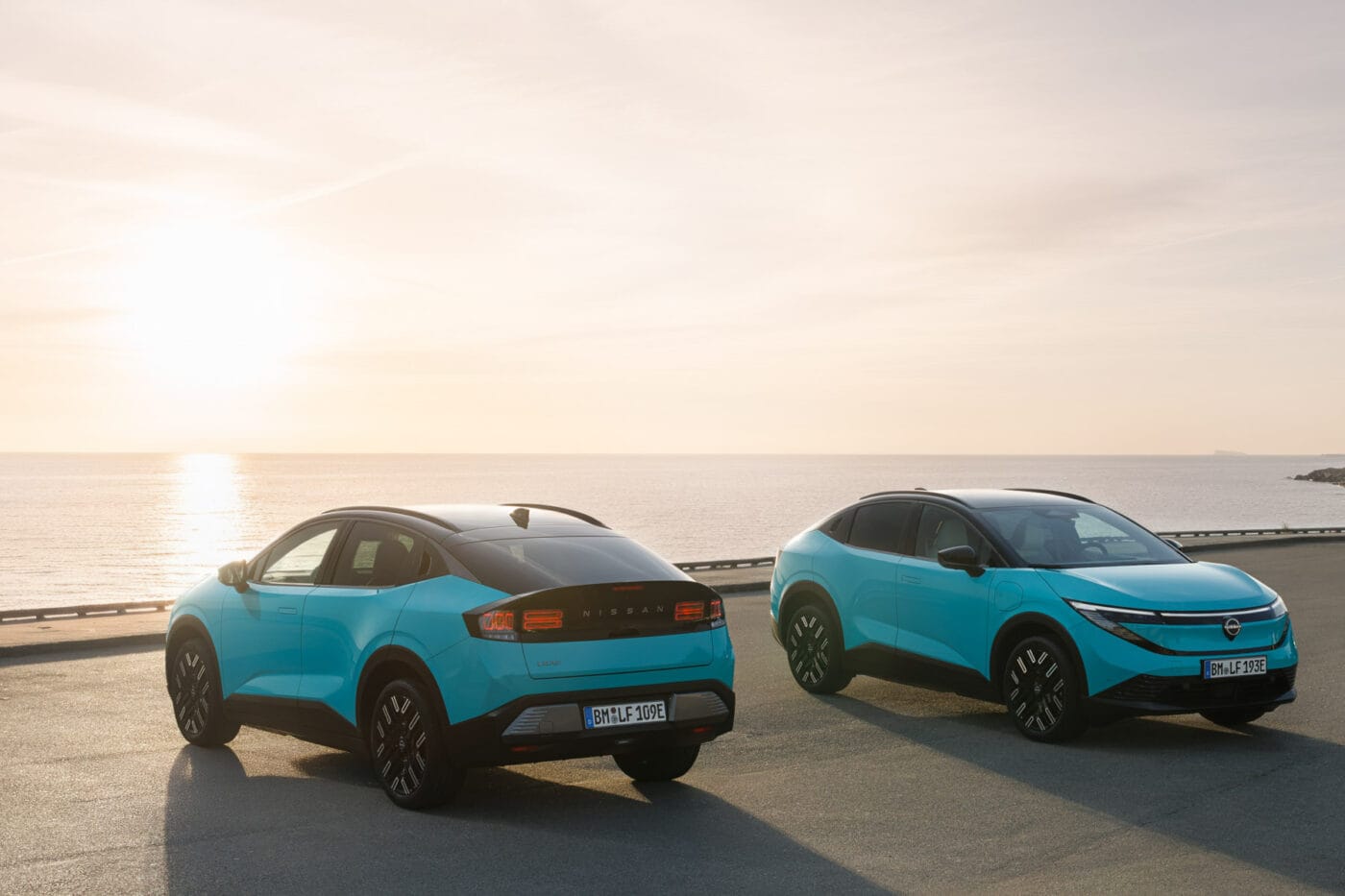
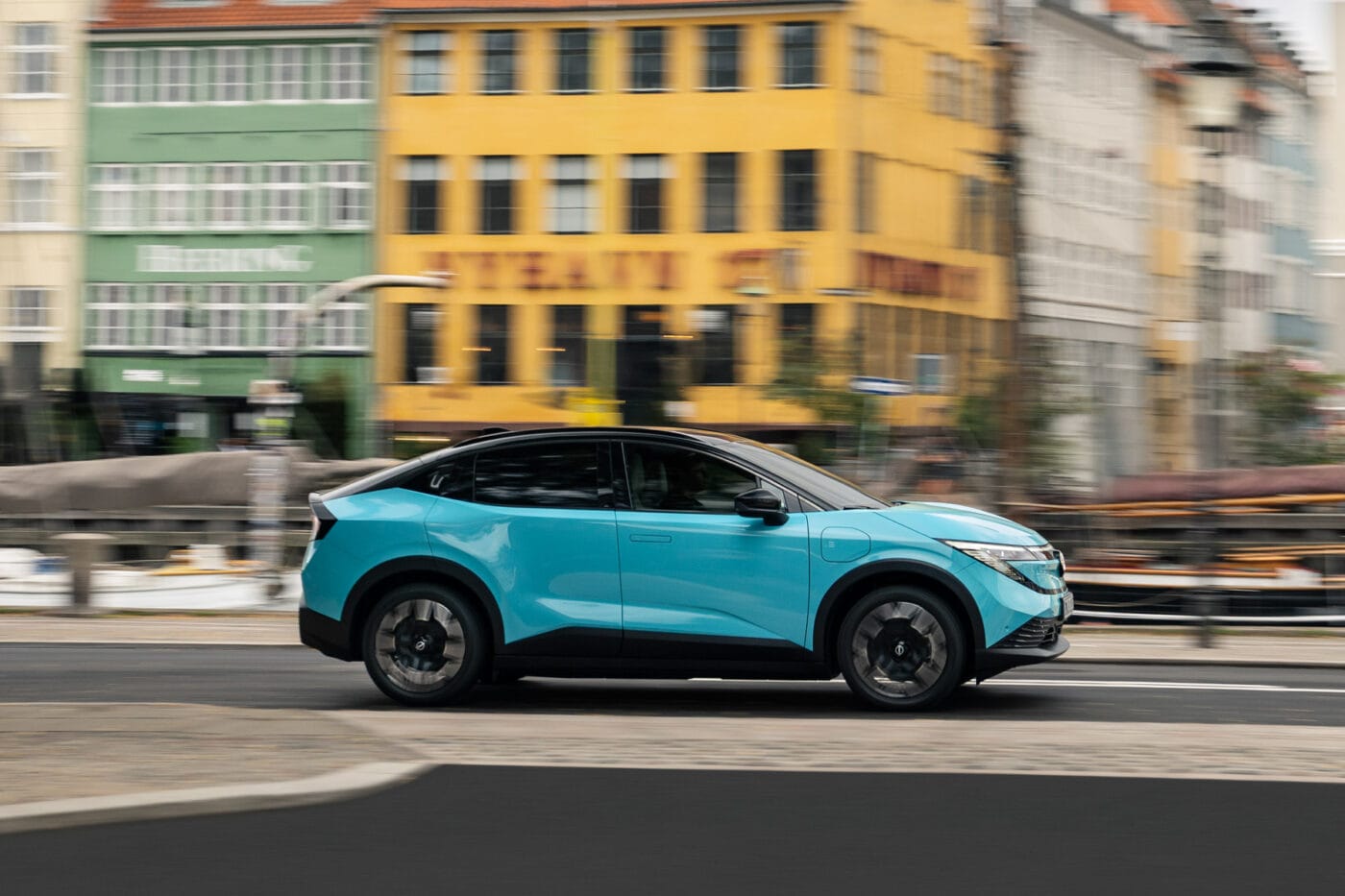
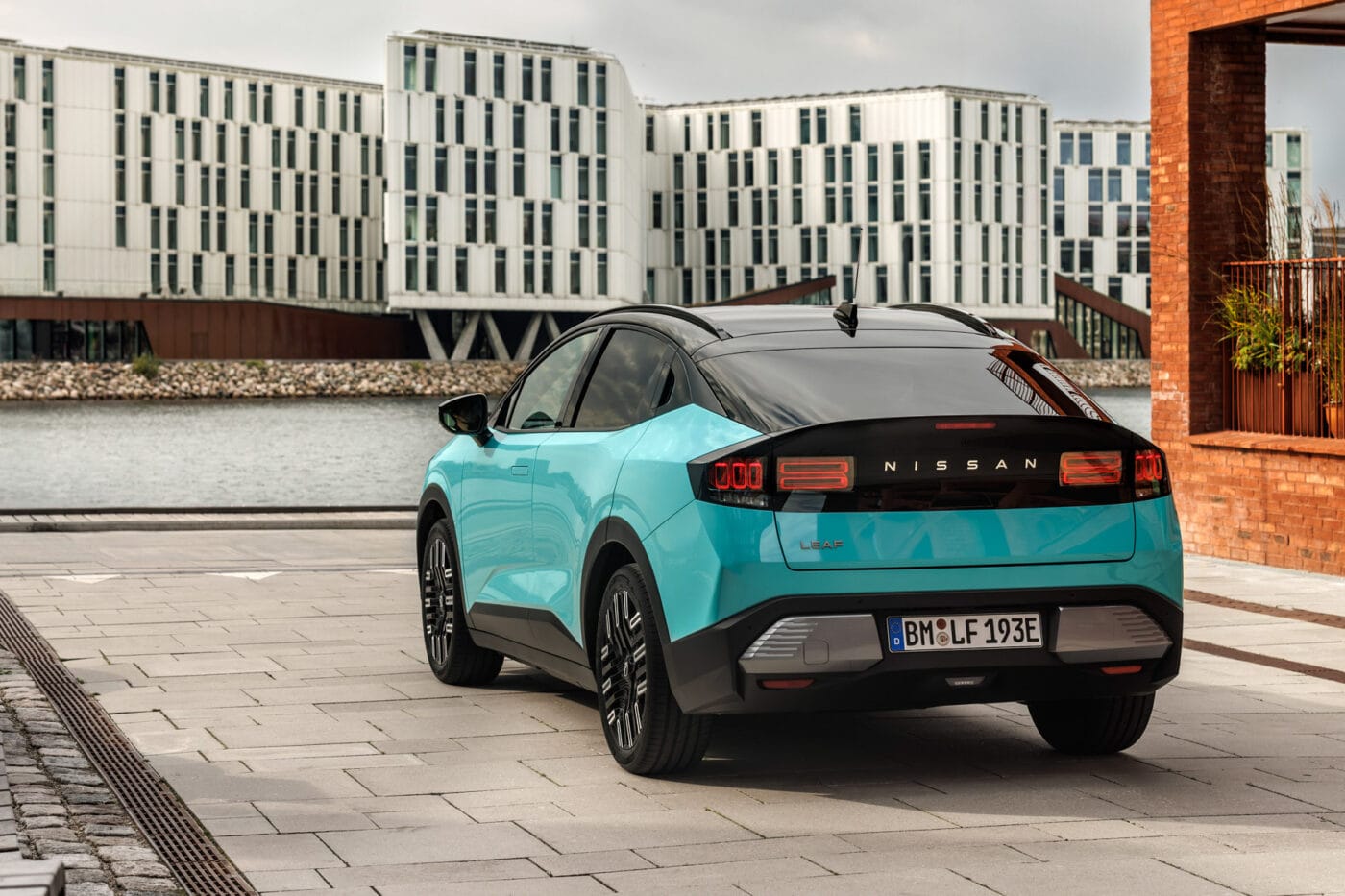
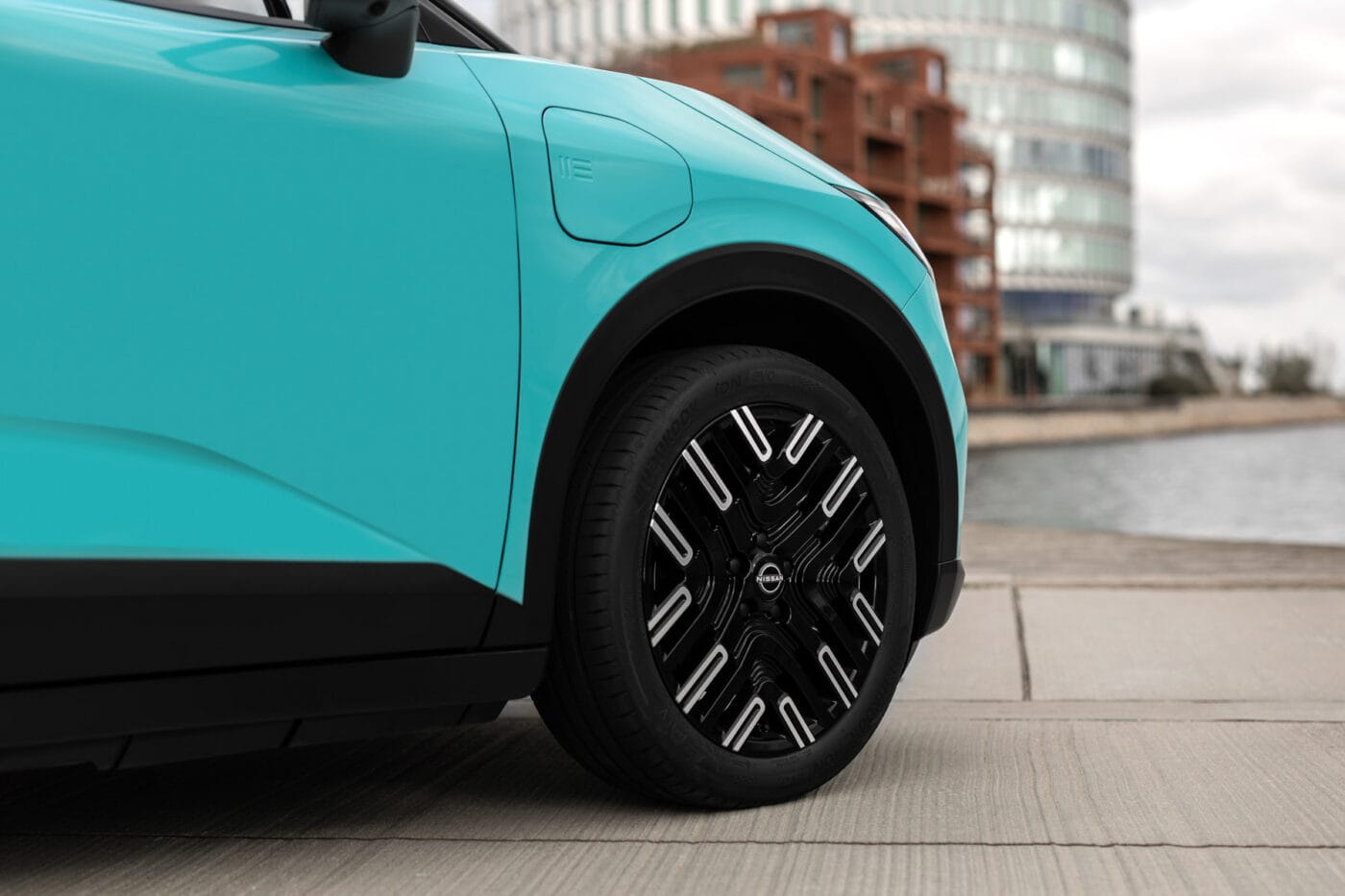
Inside Nissan, the Leaf name has not been tarnished by Rapidgate or similar issues. Moss instead points to the model’s undeniable achievements: Nissan sold more than 700,000 Leafs across the first two generations, including 290,000 in Europe. Like its predecessors, the new Leaf unveiled this summer will also be built for European markets in Sunderland. What’s new is that the US version will no longer roll off the line in Smyrna, Tennessee, but in Tochigi, Japan, alongside the Japanese-market model. These versions differ slightly from the European one, which is the focus here.
The concept
The third generation brings several fundamental changes. One stands out immediately: the Leaf is no longer a compact hatchback with a sharply sloping tail, but a compact crossover – visually, it’s hardly recognisable as a Leaf at all. What isn’t visible is that the Leaf is no longer a technical one-off but now sits on the AmpR Medium platform (formerly CMF-EV). That means it is related to the larger Nissan Ariya as well as Renault models such as the Megane and Scenic. The dimensions are surprising too: although the new Leaf looks larger as a crossover, at 4.35 metres it’s actually 14 centimetres shorter than its 4.49-metre predecessor. And, with a ground clearance of 135 millimetres, it sits 1.5 centimetres lower than the second-generation Leaf. Pictures can be deceiving.
A neat design detail can be found in the rear lights that are split into two and three segments, reflecting the brand’s name, because in Japanese, “two” is pronounced “ni” and “three” as “san”, together forming “ni-san.” This design cue appears in several places on the Leaf, from the charging flap to the air vents inside, but it’s most striking in the taillight design.
The bright light blue paint that all test cars in Copenhagen wore is called ‘Luminous Teal,’ one of seven colours Nissan will offer. All test cars were equipped with the 75 kWh battery and 160 kW powertrain, in the top specification. Pricing for this version has not yet been announced; Nissan plans to reveal full prices closer to the order start at the end of the year. What’s confirmed so far is that the Leaf with the smaller 52 kWh battery will cost under €37,000, and the version with the 75 kWh battery under €42,000. It remains to be seen which equipment levels will be available and how the options will be priced.
The powertrain
Let’s focus on what we know – and what we experienced around the Danish capital. With the larger battery, the Leaf accelerates from a standstill to 100 kph in 7.6 seconds, or 7.8 seconds in Normal mode. The smaller battery, paired with a 130 kW front motor, takes 8.3 seconds. A dual-motor all-wheel-drive version, like the Ariya’s, is technically possible, Moss confirmed, as the platform already includes the necessary mounting points and structural provisions. But the British engineer, now working for the Japanese brand, preferred not to discuss future variants – for now, Nissan is focusing on the two versions available at launch.
According to Moss, these do more than just transplant existing platform technology into a new model. The Leaf’s engineering has been significantly developed. While the Ariya also uses a 160 kW motor, the Leaf features an updated version sharing many components with the brand’s e-Power hybrid systems. The battery cells are also new, supplied by the AESC cell factory built right next to the Sunderland plant.
| Leaf 52 kWh | Leaf 75Wh | |
|---|---|---|
| Drive | FWD | FWD |
| Power | 130 kW | 160 kW |
| Torque | 345 Nm | 355 Nm |
| Acceleration | 8.3 s | 7.6 s |
| Top speed | 160 kph | 160 kph |
| WLTP range | >440 km | 622 km |
| Battery | 52 kWh | 75 kWh |
| Charging capacity DC | 105 kW | 150 kW |
| Charging time DC 20-80% | <30 min | <30 min |
| Price | <37,000 euros | <42,000 euros |
These are NCM cells containing nickel, manganese and cobalt, though Nissan won’t disclose the precise mix. The higher energy density compared with previous models on this platform is one reason Nissan can fit a 75 kWh battery into a 2.69-metre wheelbase, while the older Renault Megane with the same wheelbase offers only up to 60 kWh. The 52 kWh unit isn’t carried over from the Renault 5 or 4, which are based on the smaller AmpR Small platform, even if the capacity matches. And yes, the new Leaf now features liquid cooling, so Rapidgate won’t return – but more on charging later.
The drive
On the first few kilometres leaving Copenhagen, one thing stands out above all: comfort. The cabin is pleasantly quiet, even at motorway speeds, you don’t need to raise your voice or the music volume to hold a conversation. The Leaf’s suspension also smooths out bumps nicely, whether over manhole covers in the city or coarse tarmac on country roads. What’s remarkable is that Nissan hasn’t achieved this comfort by making the setup overly soft. Even during quick changes of direction, the Leaf stays composed and stable. It’s no sports car – and doesn’t try to be. Its comfort-focused setup suits it perfectly as an everyday and family car, and it’s been executed convincingly.
The suspension is one of the areas Moss and his team have adapted. “In Europe, we have the toughest road conditions to meet,” says Moss. “From the German Autobahn and high speeds to Belgian cobblestones, we have to cover the full range.” We only drove on Danish motorways with a maximum speed of 130 km/h, but even there the Leaf performed impressively.
Back when the second generation was unveiled, Nissan emphasised that it had listened closely to customer feedback. While first-generation early adopters didn’t demand huge leaps in battery size or charging power – they mostly wanted lower prices – that approach led Nissan to skip features such as liquid cooling. For the third generation, customer feedback has been clear insofar as range remains a decisive factor when ordering an electric car.
That’s why Nissan hasn’t just relied on the larger battery but optimised the entire car for efficiency. The flowing lines along the front and roofline are designed to improve aerodynamics, as are the cleanly defined rear edge and the active air shutters in the front grille, which open only when additional cooling is required. The underbody isn’t quite as smooth or fully enclosed as Nissan representatives suggested, but it still contributes to optimising airflow. The exterior mirrors on the European version have also been refined and differ from those used on the Japanese and US models. Overall, the drag coefficient of 0.25 is slightly better than the 0.26 achieved by those versions.
As a result, the Leaf achieves a WLTP range of up to 622 kilometres and a standard consumption of 13.8 kWh/100 km. Nissan also quotes a projected range of 330 kilometres at 130 kph and around 430 kilometres at 110 kph. Based on our first drive, these figures appear fairly realistic. The test began with a motorway section at 110 kph, where the on-board computer showed roughly 16 kWh/100 km. On the subsequent country roads and through towns, consumption dropped to around 12 to 13 kWh/100 km. During another motorway stretch at 120 to 130 kph, the figure rose slightly above 16 kWh/100 km. After roughly 300 kilometres that day (with an outside temperature of around 15 degrees Celsius), the average stood at 15.4 kWh/100 km. That’s an impressive result.
Using the paddles behind the steering wheel, the driver can choose between four levels of recuperation, making it easy to decide whether to coast or decelerate more actively using regenerative braking. The strongest setting, called e-Pedal by Nissan, is activated via a separate button. However, true one-pedal driving down to a standstill isn’t possible – even in e-Pedal mode, the Leaf only slows to just below 10 kph through regeneration. During our first drive, the transition from regeneration to the friction brakes (for example, when stopping at traffic lights) wasn’t always perfectly smooth when using the e-Pedal. This issue didn’t appear in the other recuperation modes.
The charging system
We started the day with the test car at 90 per cent charge and finished, after the mentioned 300 kilometres, with 31 per cent remaining. That suggests a realistic range of around 500 kilometres under mixed driving conditions. However, range must be viewed in relation to charging performance, and an efficient car loses appeal if charging takes disproportionately long. With a peak charging power of 150 kW, the Leaf doesn’t set new benchmarks for an EV launching in 2026.
We thus plugged in at a rapid charger with 31 per cent remaining. Unfortunately, we couldn’t deplete the battery further during the event, so a full charging test will have to follow later. Still, the results were decent. After a brief ramp-up, the car hit the promised 150 kW at 35 per cent state of charge, though only briefly. Power then steadily declined to 98 kW at 58 per cent, but according to Nissan, the full 150 kW should be sustained for longer below 35 per cent. In ten minutes, the Leaf added 22 kWh and went from 31 to 58 per cent.
That’s acceptable, if not outstanding. Nissan’s own figure – under 30 minutes from 20 to 80 per cent – suggests that charging from 10 to 80 per cent likely takes more than half an hour. By 2026 standards, that’s on the slower side. Clearly, not every customer prioritises ultra-fast charging, but it’s worth keeping in mind when making a purchase decision.
While its predecessor could perform bidirectional DC charging via CHAdeMO, the new Leaf now uses a bidirectional AC charger. In Germany, this will initially only work through the Vehicle-to-Load adapter, allowing external devices to draw up to 3.6 kW. Nissan plans to introduce Vehicle-to-Grid functionality first in the UK in 2026, together with an affordable AC wallbox. A broader rollout is planned, but Nissan did not confirm when or at what price the system will be available in Germany. At the same time, company representatives acknowledged Germany’s complex energy landscape, with numerous grid operators and varying technical requirements – meaning other countries with fewer hurdles, such as the Netherlands or France, could see the system first.
The body
At 4.35 metres long, the Leaf is about six centimetres longer than a VW ID.3 but has a shorter wheelbase (2.69 metres versus 2.77). The proportions look balanced, and the design, as mentioned, focuses on aerodynamic efficiency. The short front overhang is striking, marking the biggest reduction in length compared with the previous generation. Since engineers also relocated all air-conditioning components from the cabin to the engine bay to free up space inside, Nissan decided early on not to include a frunk and instead used that space differently. Despite sitting on wheels up to 19 inches in diameter and tyres as wide as 235 millimetres, the Leaf actually boasts a tighter turning circle than before.
All luggage and charging cables must thus be stored in the rear. The boot offers 437 litres of space. Nissan provides two storage options for the charging cable, with a circular recess beneath the boot floor for the coiled cable or a side compartment on the left. A rubber strap holds the cable in place to prevent it from sliding around.
With 437 litres, the Leaf surpasses the aforementioned ID.3’s 385 litres, but only when measured up to the parcel shelf. Remove that shelf and the Leaf doesn’t gain much extra space beneath the rear window, while the ID.3 (or other hatchbacks with a steeper rear) can carry more when loaded to the roofline. Folding down the rear seatbacks gives the VW more than 1,260 litres, whereas the Leaf only just breaks into four figures.
Anyone needing to transport more will want to look at a roof box or trailer – because for the first time, the Leaf now comes with a towbar option. Its maximum towing capacity of 975 kilograms isn’t high, but it’s more than the ID.3 offers, which can’t tow at all. The optional VW towbar is only certified for bike racks. The Leaf can handle that, too, and Nissan even showed an example of a rear-mounted cargo box. With an unladen weight of 25 kilograms and a 50-kilogram payload, it suggests a maximum tongue load of 75 kilograms.
The interior
Even though the Leaf’s exterior design follows its own path, the interior clearly shows its relation to the larger Ariya. Two equally sized displays dominate the dashboard, which is otherwise quite minimalistic. The left 14-inch screen serves as the driver’s instrument cluster, while the right one is a touchscreen for infotainment. Below the latter sits a dedicated control strip for certain climate functions, seat heating and window defrosting front and rear. In the Leaf, this panel is a separate unit, whereas in the more expensive Ariya, these controls are integrated directly into the dashboard. The Leaf’s approach may be more cost-effective, but it’s by no means inferior – the buttons provide satisfying tactile feedback. The dashboard itself is made of hard plastic, but it doesn’t feel cheap.
Speaking of materials, everything in our test car felt solid and well-made, and the interior didn’t come across as low-quality, although we drove the top-spec version, which will carry a higher price tag. How the base model will compare remains to be seen. The test car was a pre-production unit, so it’s unclear whether minor issues, such as the door seal fitment at the A-pillar, will be improved in production models. On the plus side, Nissan has almost entirely avoided using glossy black plastic inside the cabin, including on the steering wheel buttons. On the downside, the material still appears around the window switches in the door panels – precisely where you touch most often, meaning fingerprints are inevitable.
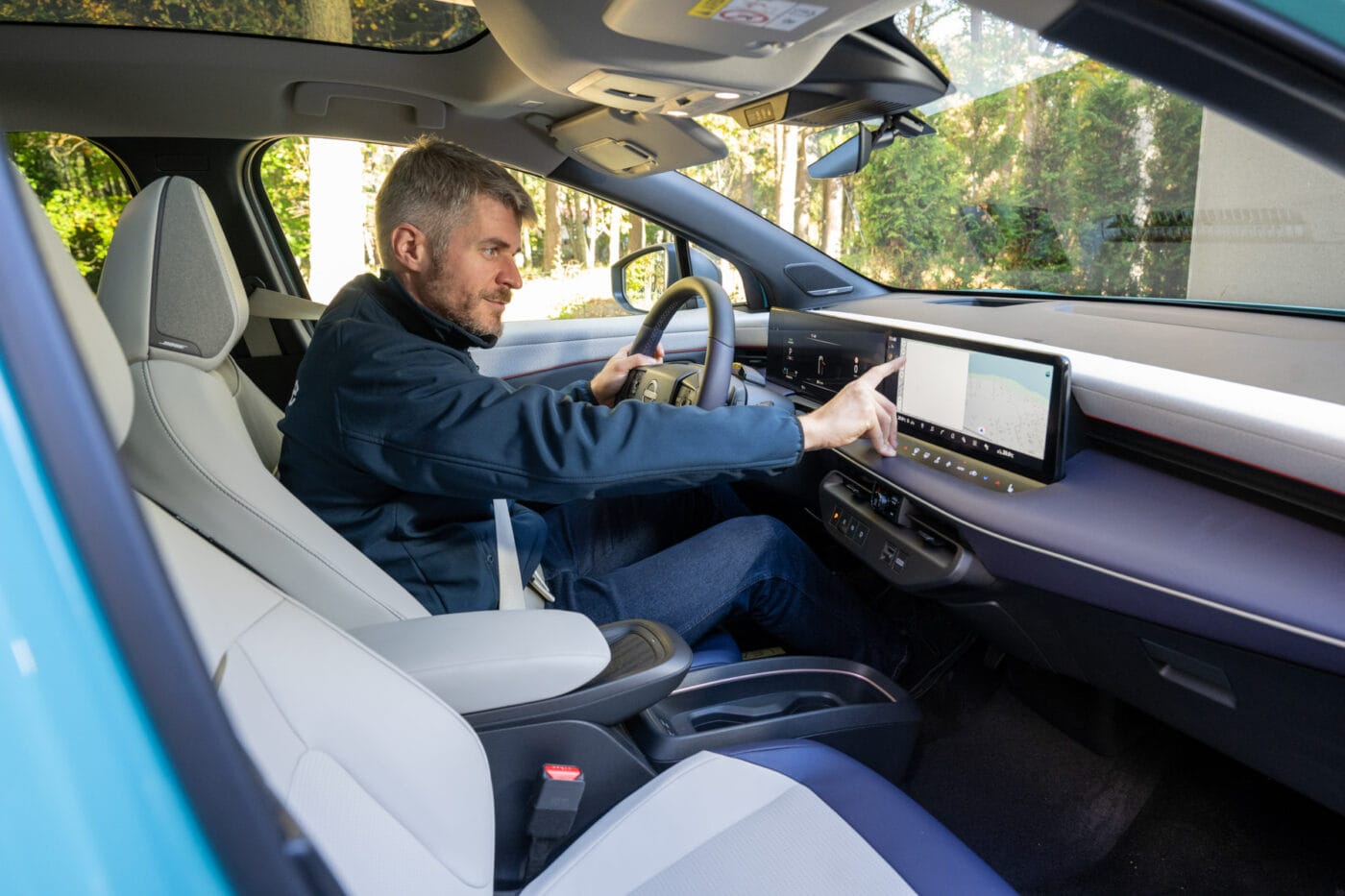
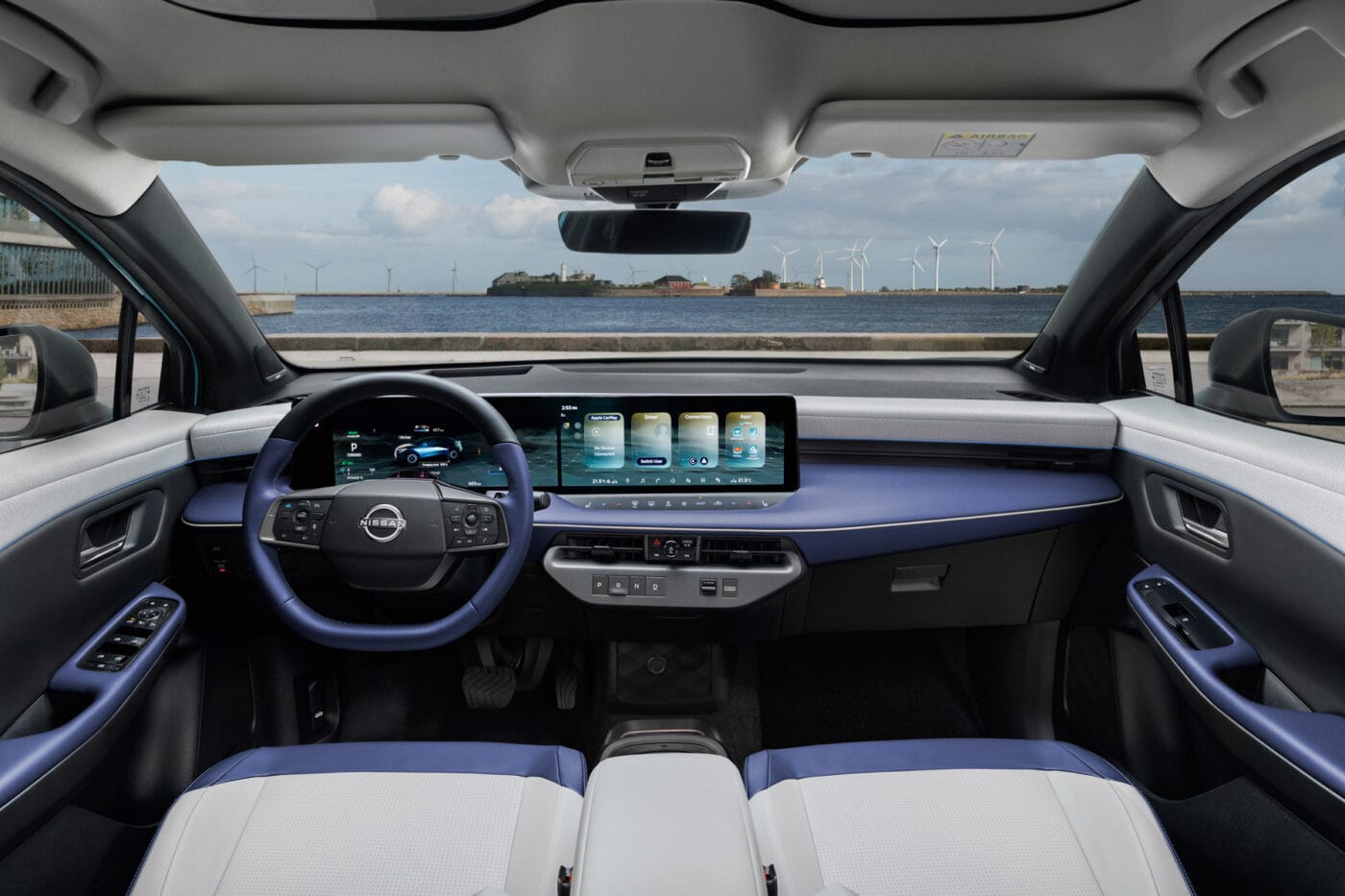
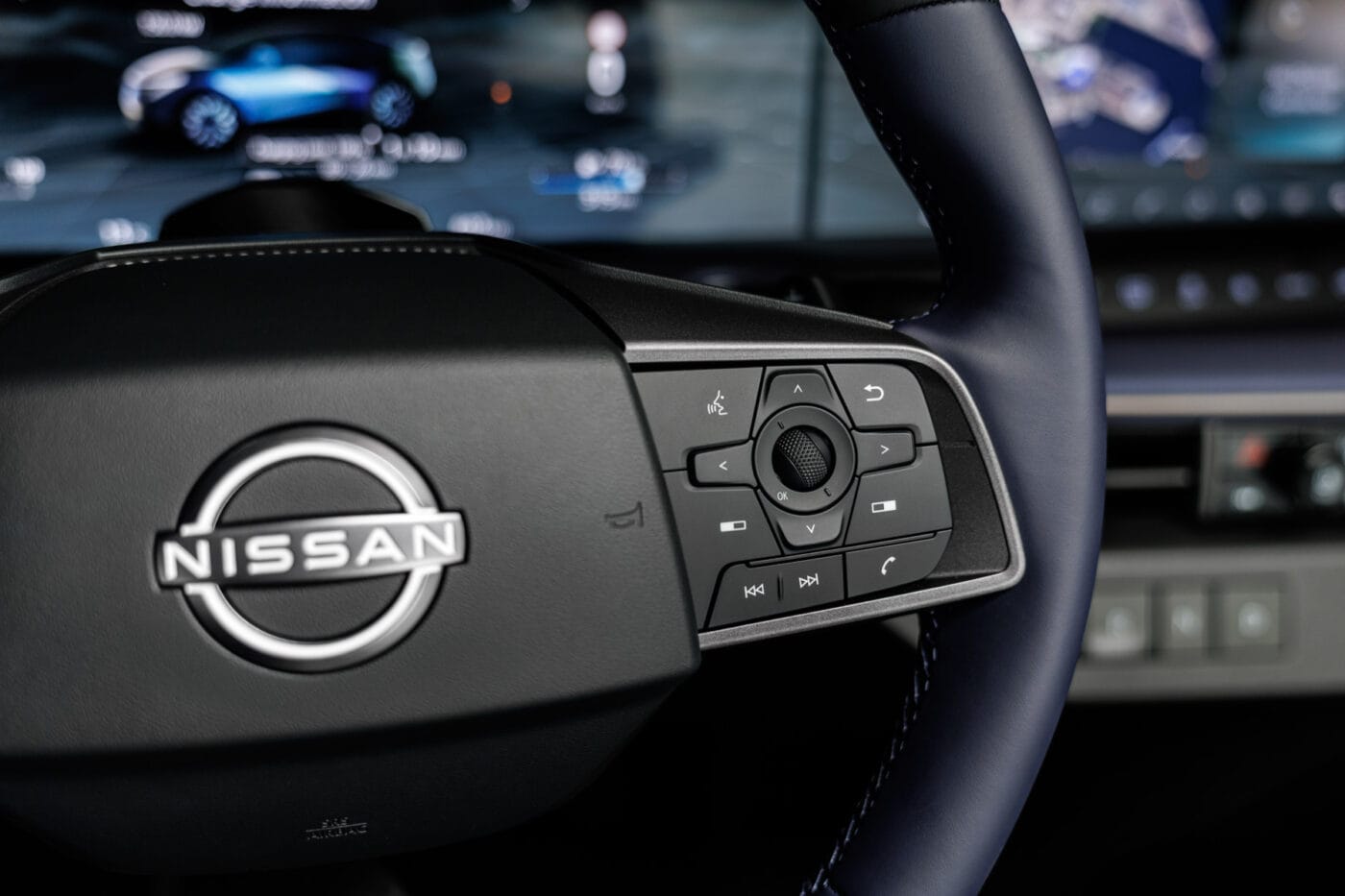
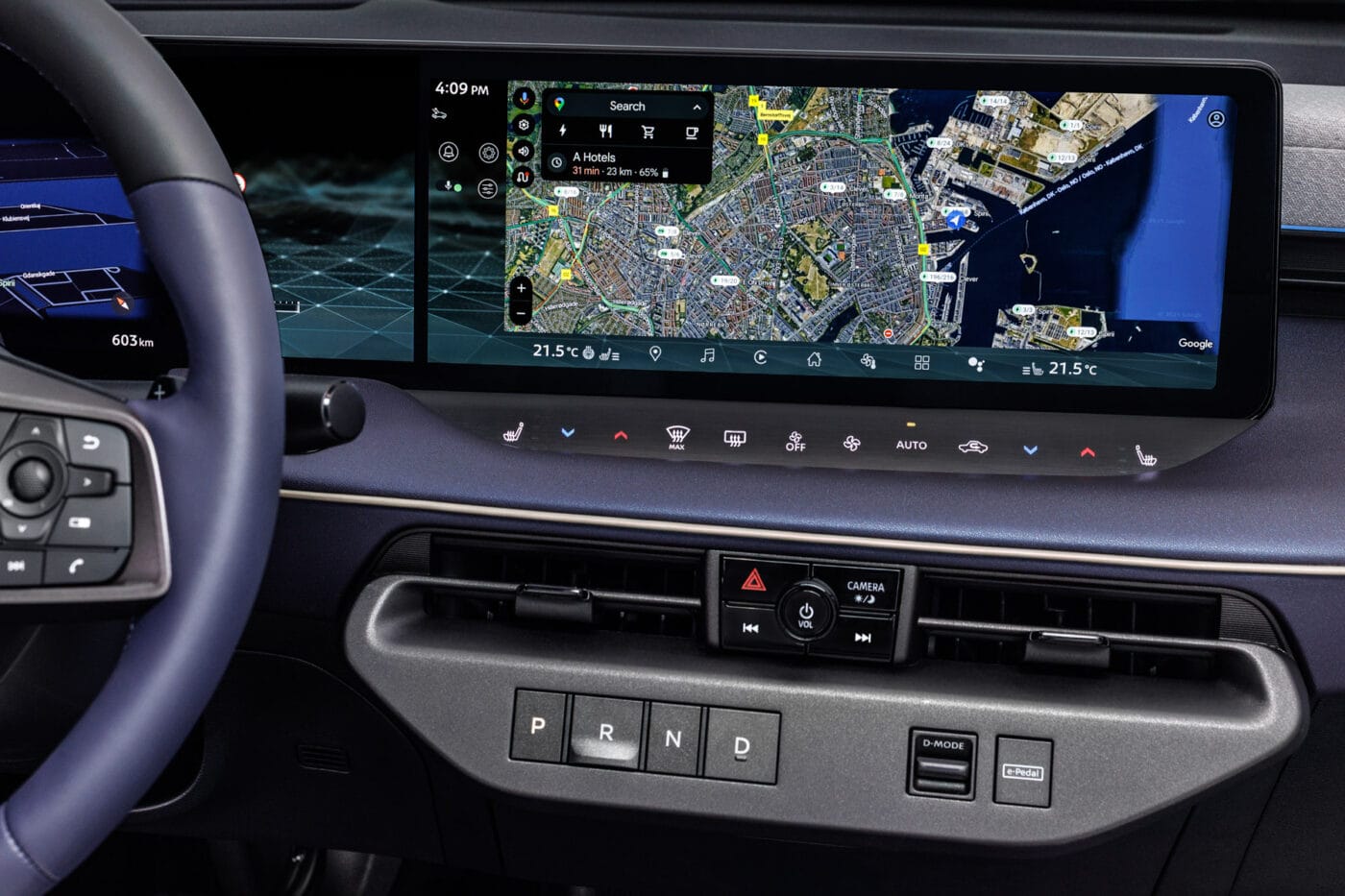
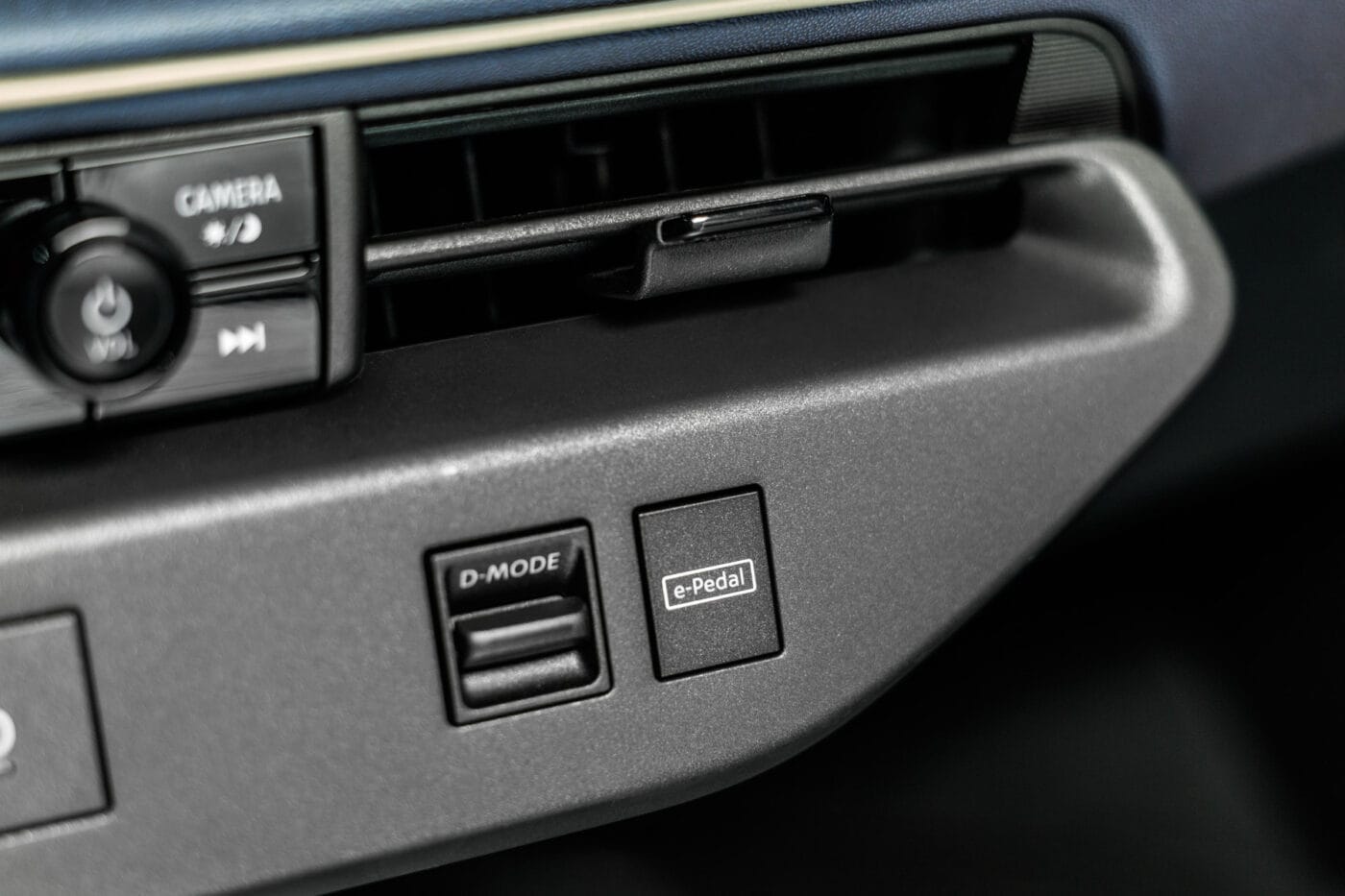
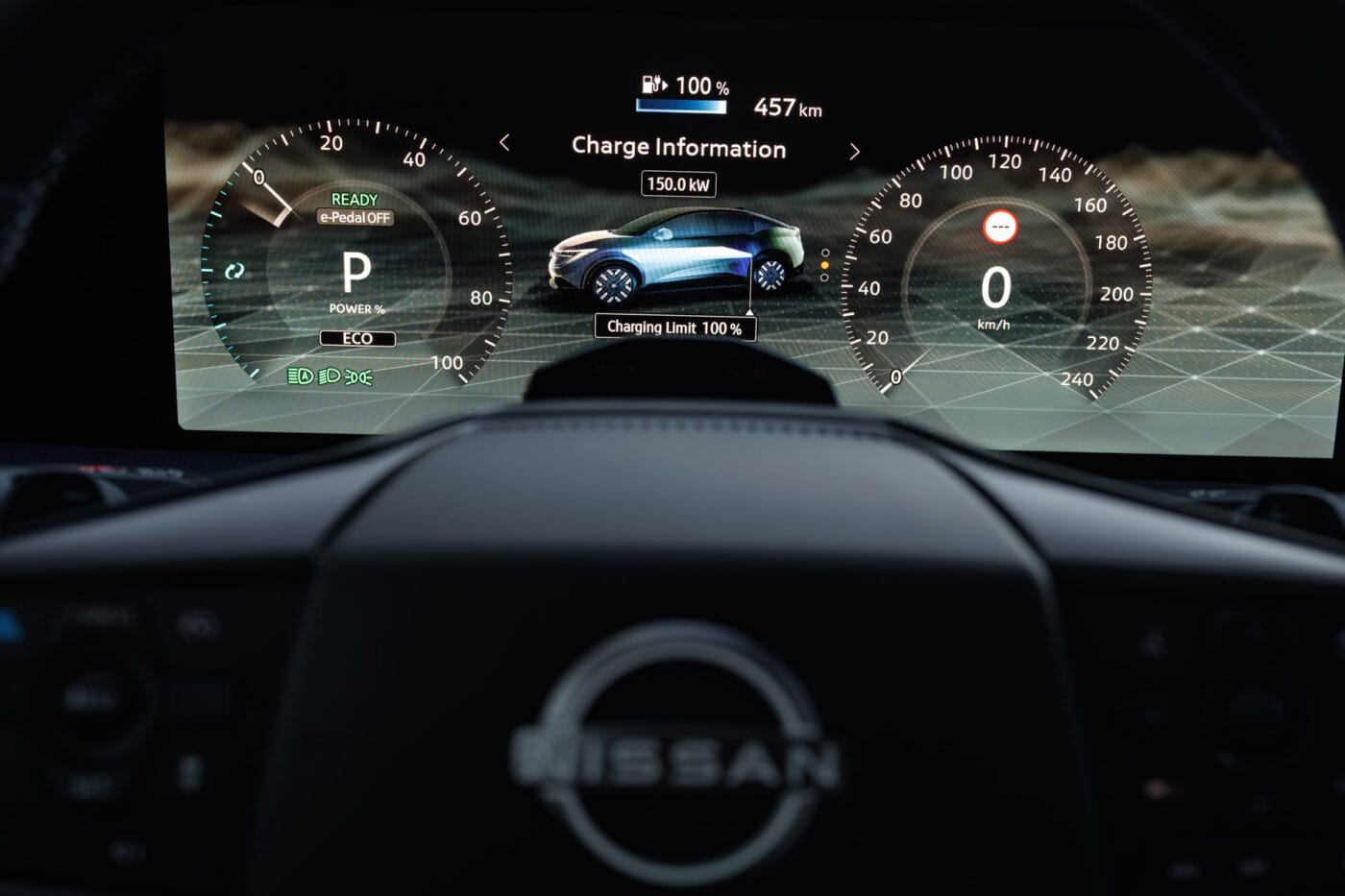
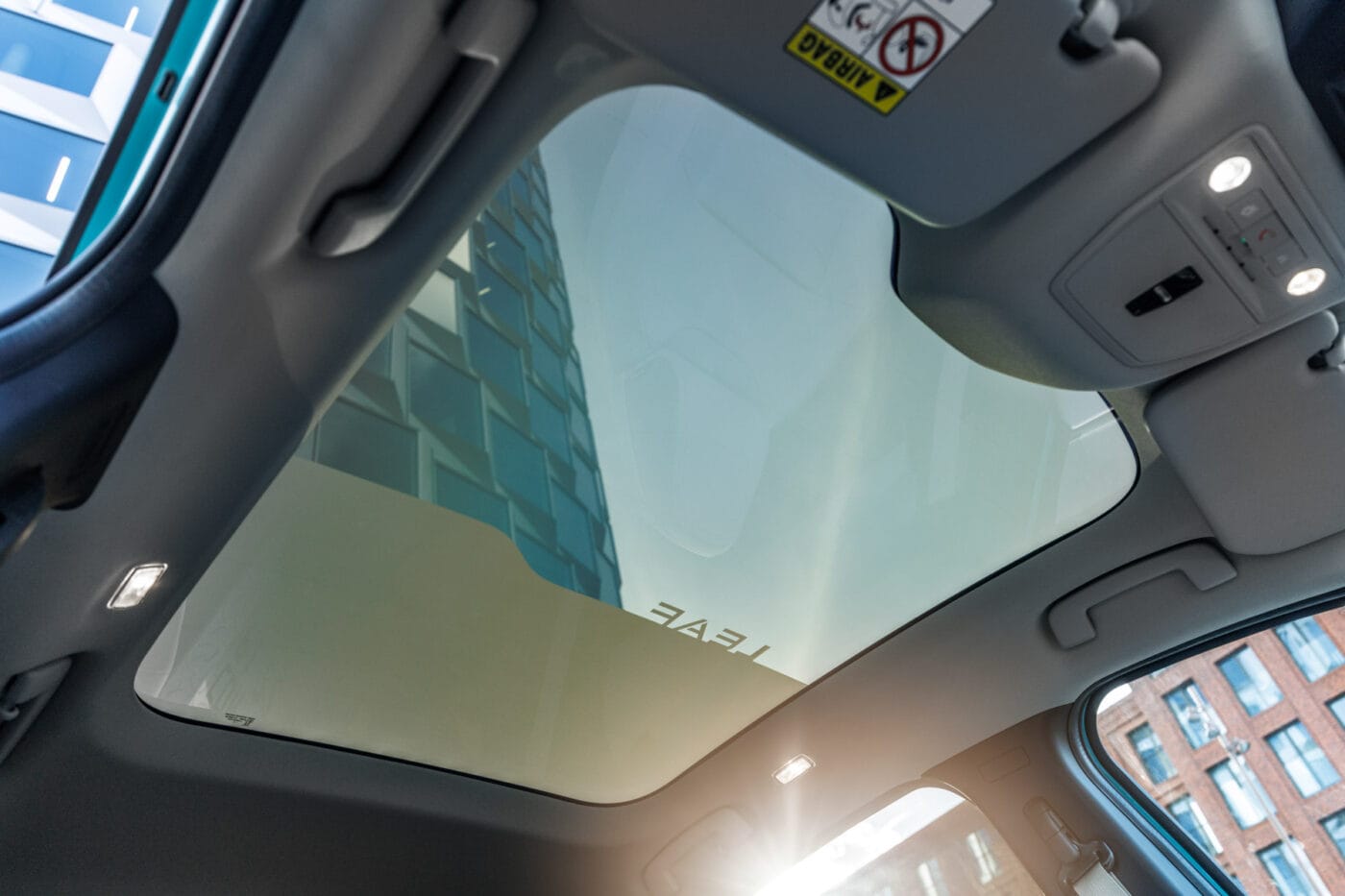
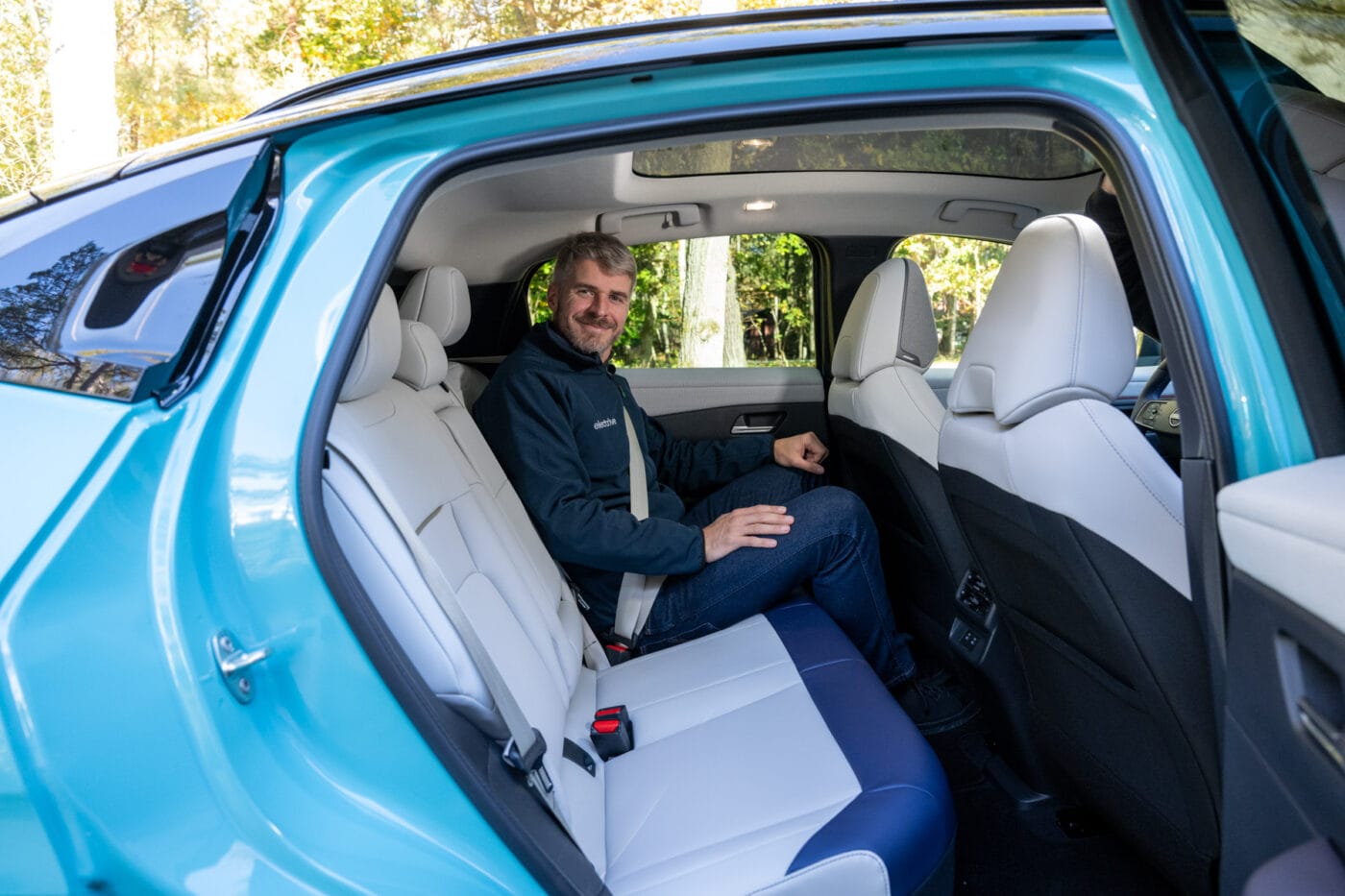
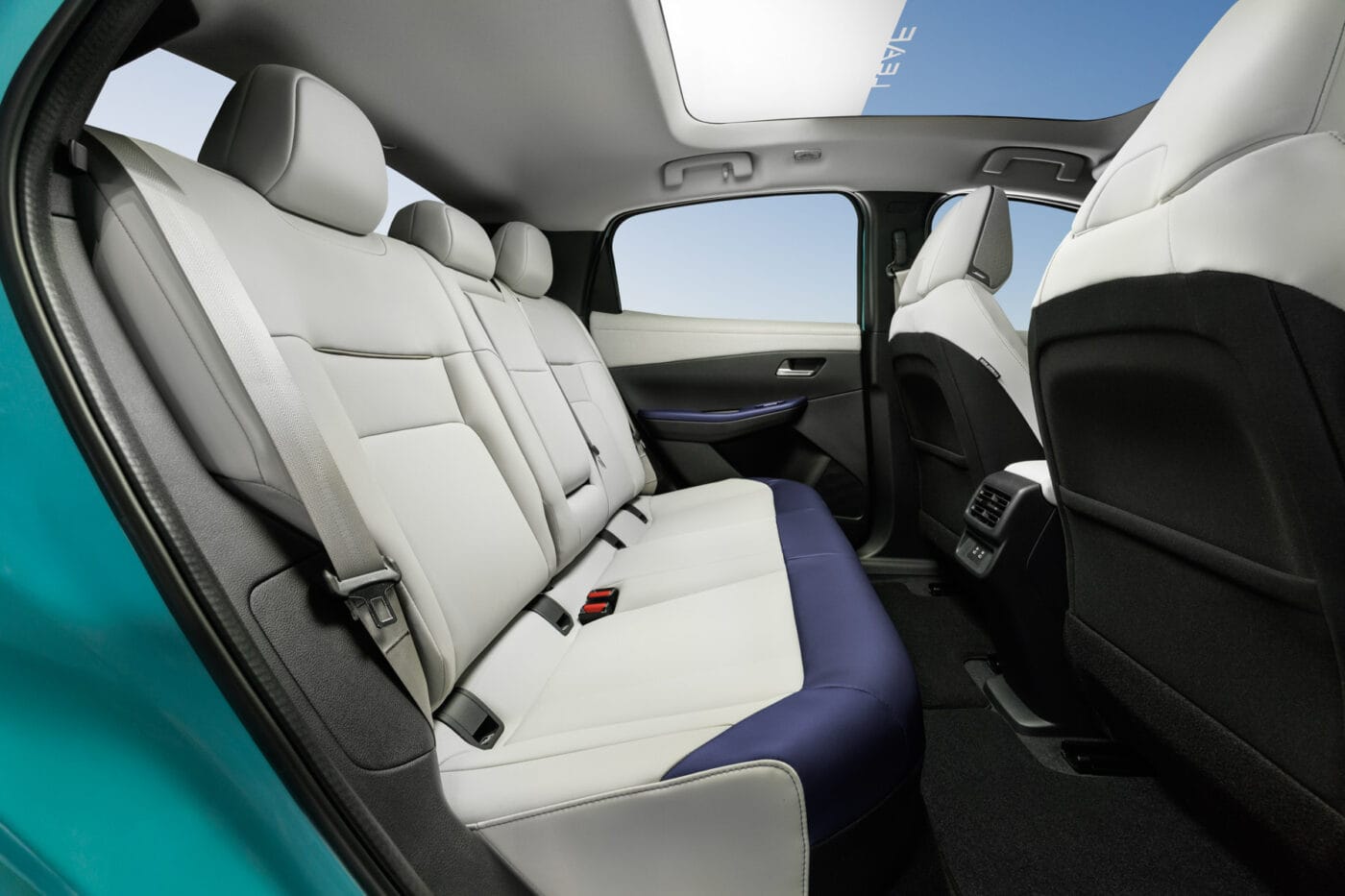
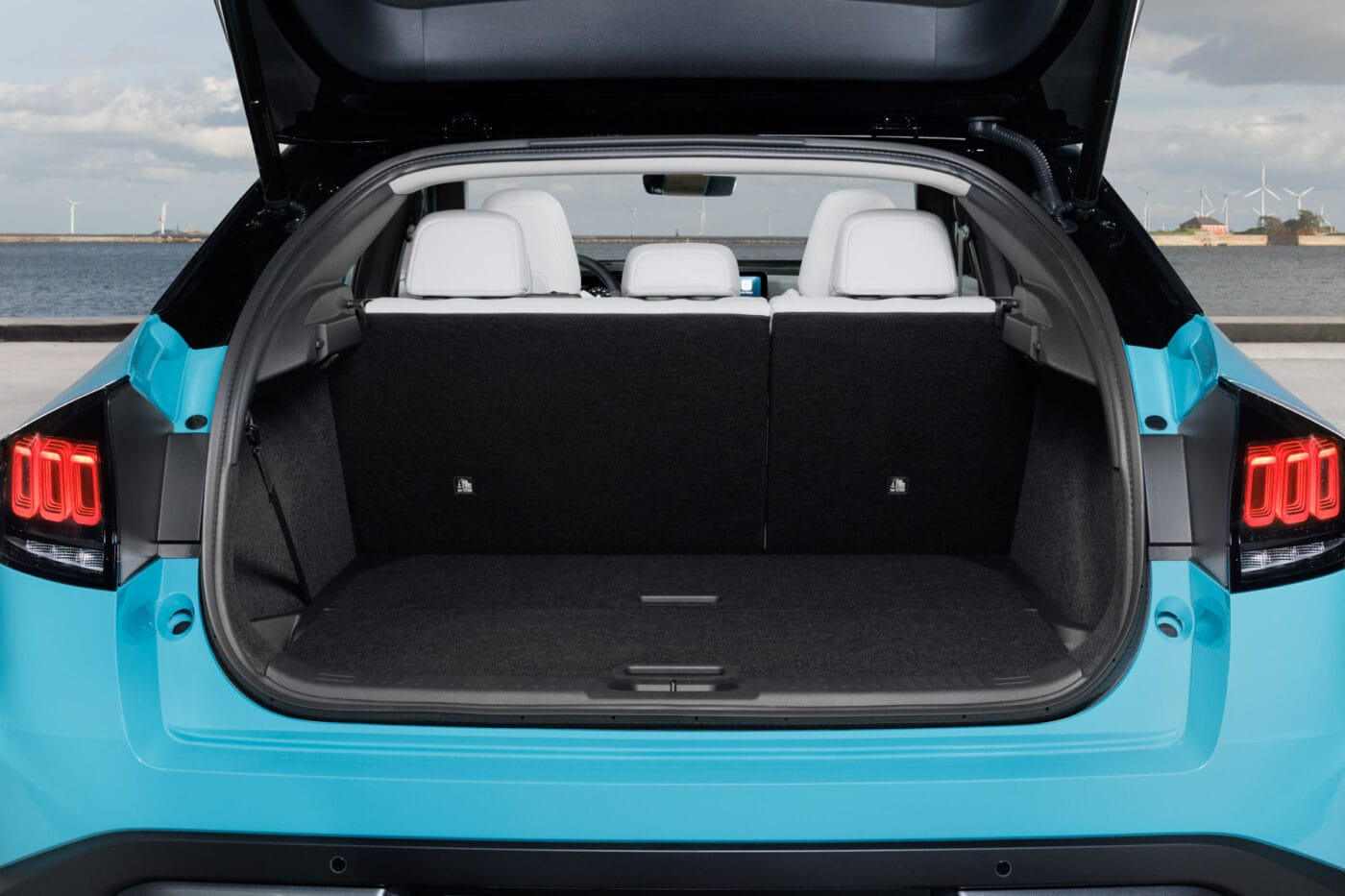
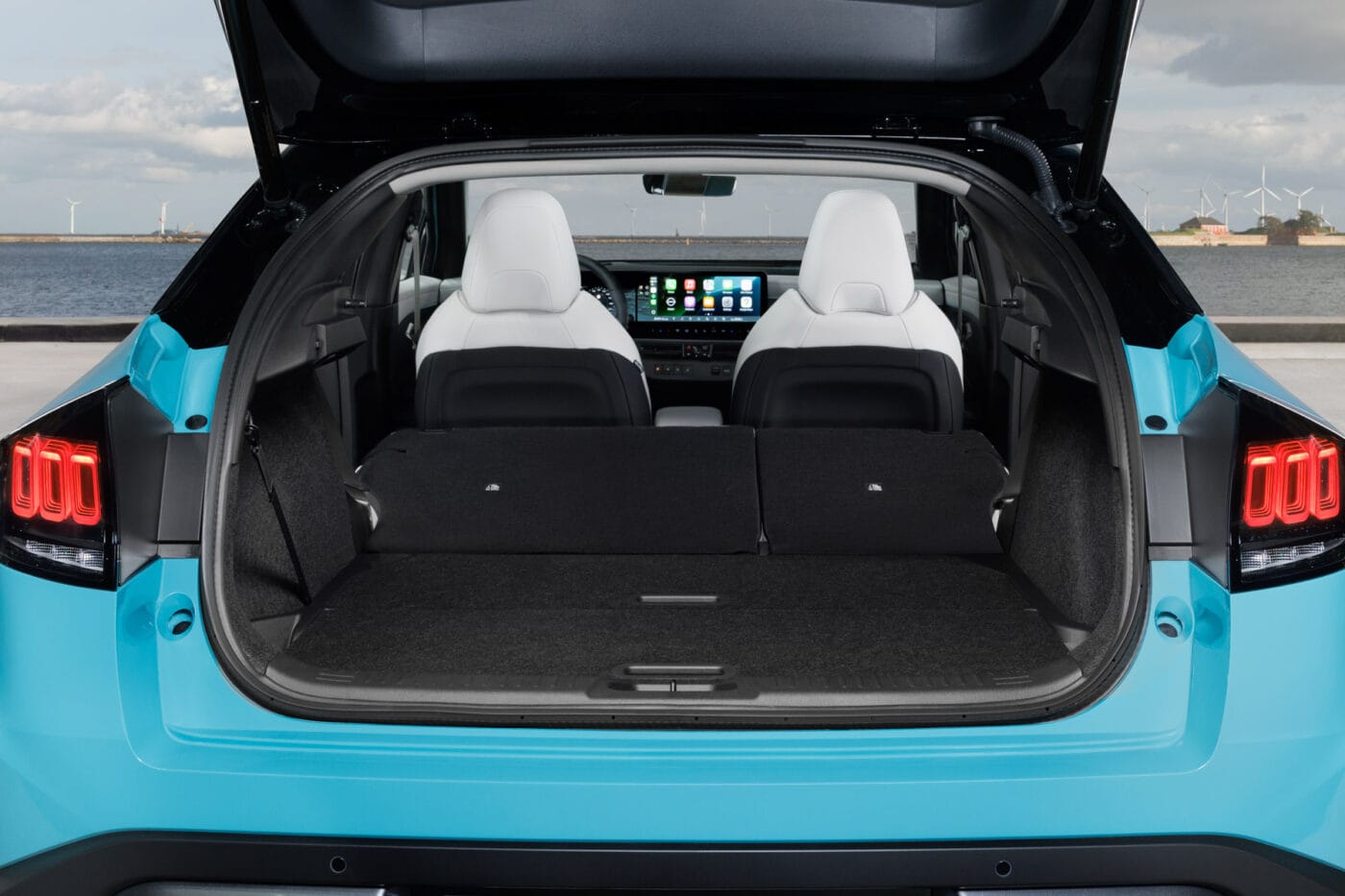
When it comes to the steering wheel controls, there are pros and cons – much depends on personal preference. First of all, these are proper buttons and rotary dials, not touch-sensitive surfaces. They’re also positioned so that you can’t easily press them accidentally while steering.
With a bit of practice, the controls for the on-board computer, cruise control and so on are easy to operate – you can even navigate the central touchscreen using the buttons on the right-hand side (admittedly a little fiddly) without taking your hands off the wheel. However, there are a lot of buttons – perhaps too many for some. A tidy steering wheel certainly looks different.
As many buttons as there are on the steering wheel, there are very few on the dashboard itself. Above, just below the display, sits the previously mentioned control strip, which is nicely integrated into the design. In the centre, there’s a discreet set of essential audio controls so that the front passenger can adjust the volume or track, while the driver can do the same from the steering wheel. At the bottom, there’s a rather unusual setup: four PRND buttons for selecting the driving mode are built into the dashboard, with a toggle switch for the drive mode and e-Pedal to the passenger’s side. I got used to the push-button gear selection very quickly during the test drive. However, I wasn’t entirely convinced by the placement of the e-Pedal and drive mode controls so far to the right, towards the passenger.
Space in the front is more than adequate. The legroom is particularly generous thanks to the open design of the centre console. The armrest houses a wireless charging pad for smartphones, while the area with cupholders and storage compartments in front of it sits much lower, creating an airy sense of space. Below, the footwell between the driver and the passenger is completely open. A small divider here could provide additional storage and prevent objects from sliding from the passenger footwell into the driver’s side and under the pedals.
In the rear, however, things are a bit tighter. At 1.85 metres tall, I could still sit comfortably behind a driver’s seat adjusted for my height, but headroom was already at its limit. Colleagues slightly taller than me found the rear bench less accommodating. The sloping, aerodynamic roofline clearly has its drawbacks here.
Speaking of the roof, Nissan offers a dimmable panoramic glass roof for the Leaf (at least in higher trims). Using nine dimmable sections, either the front half, rear half or the entire surface can be turned opaque at the touch of a button, creating a frosted-glass effect that blocks both sunlight and prying eyes. Compared with a conventional glass roof with a blind, the system supplied by Saint-Gobain is said to be two to three centimetres thinner and a few kilograms lighter, which, according to engineer Moss, was the key reason Nissan opted for this solution. The limited rear headroom, however, has nothing to do with the glass roof, as it ends before that section.
Conclusion
I’ll admit I was sceptical when I first saw the pictures of the new Leaf – the leap from the iconic original to a somewhat generic compact crossover seemed too drastic. But once you set aside the debate about the name, the new Leaf reveals itself as a surprisingly well-balanced electric car, one that impresses above all with its high comfort levels. Its technical specs might not meet every customer’s demands, but they will meet those of many. The Leaf is thus a welcome addition to the compact EV segment alongside the ID.3, Kia EV3 and others.

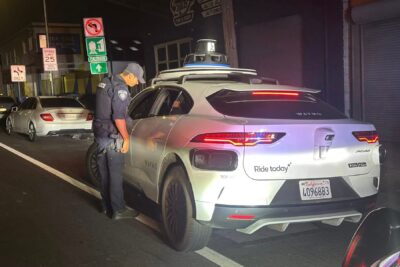
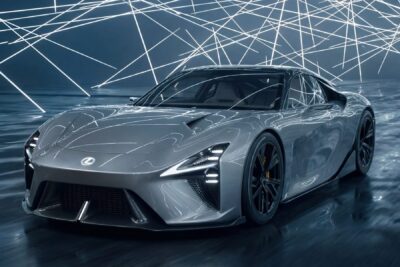
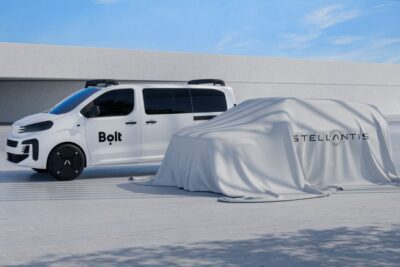
3 Comments